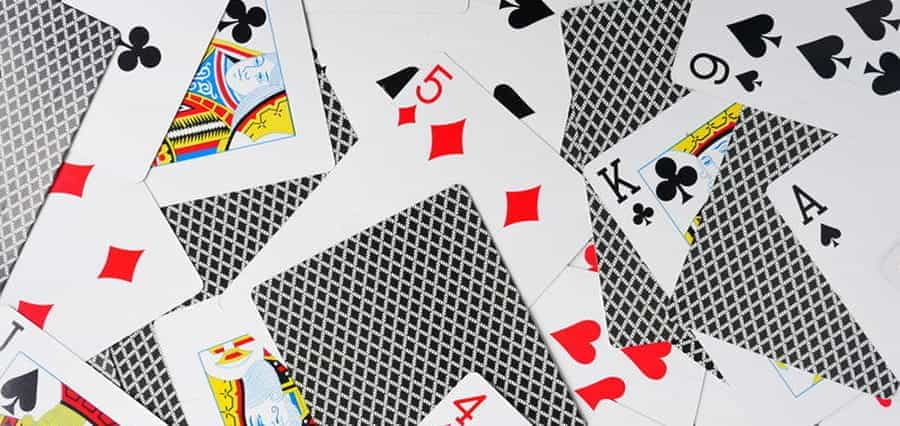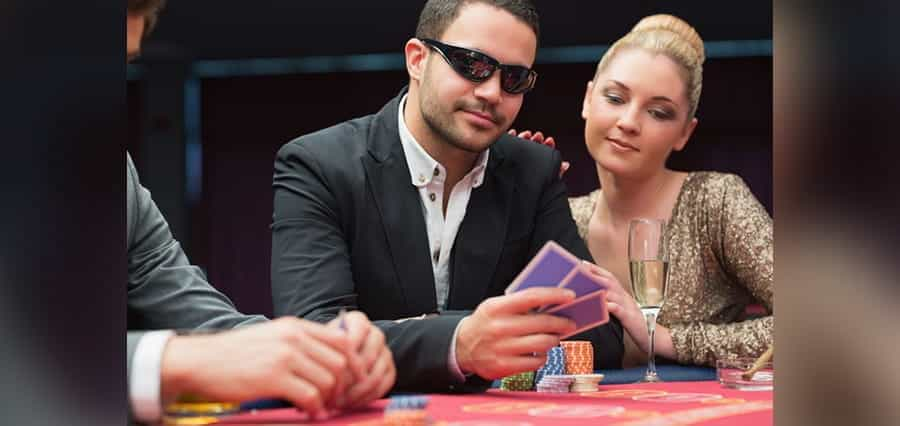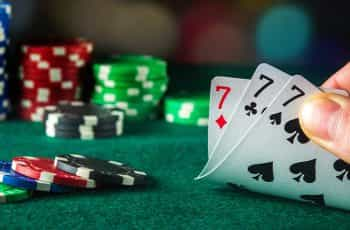
A Little Backstory
Born and raised in New Jersey, the home of gambling mecca Atlantic City, Phil Ivey is a notable figure in the gambling world. Since 2000, he has won one World Poker Tour final, ten World Series Poker bracelets, and has even earned himself a place in the Poker Hall of Fame. He even took part in billionaire Andrew Beal’s record-shattering high stakes poker games in Las Vegas that were played by the best players around. As depicted in Michael Craig’s famous true story account. Ivey even won nearly $17 million from Beal in one match alone!

So you can imagine then, how much Ivey must have been worth if winning games like these had become standard for him. He was a high-stakes gambler to his core, and the house knew it. This reputation earned him a seat at many lucrative games and invitations to casinos across the world. After all, a high-stakes player has more to lose, and the house has all the weapons to take their money. So when Ivey arrived at the Borgata Casino in Atlantic City, there must have been a lot of eyes on him and his female Chinese companion. He was a celebrity with money to burn, and this time, baccarat seemed to be his preferred game of play.
Three days later, Phil Ivey had walked out of the casino with $9.6 million in winnings. Casino officials were stumped. Baccarat was a game of pure chance, of luck – it was by no means something that you could get that good at. In general, the rules of baccarat keep much skill out of playing. They suspected cheating, but there seemed to be nothing they could pin him down on. He certainly hadn’t interfered with the cards – he had just sat calmly in his place and seemingly played the game as it should have been with tremendous luck. The only thing that was slightly odd was that Ivey was given a Mandarin-speaking croupier for his Chinese companion upon his request, but even this wasn’t particularly strange in comparison to many high-stakes players’ requests.
Perhaps it all just could have passes for a glorious streak of luck, until only a few months later, Phil Ivey walked out of London’s Crockfords Club with £7.6 million ($9.8 million) won from the same game with the same woman by his side! With many similarities to Ivey’s behavior at the Borgata being similar, like him asking for a Mandarin-speaking croupier for his companion, things began to look suspicious. When he attempted to take home all £7.6 million of his winnings, he was denied and given only £1 million. Why? Crockford’s accused him of earning the money dishonestly by using a technique called edge sorting.
They were right.
What Is Edge Sorting?
Edge sorting is an old technique that, similar to card counting, is difficult to master but when put to practice discreetly and effectively, it can bring its user untold fortunes without being spotted. Essentially, the player is to pay extremely close attention to the small differences in the patterns on the card-backs. They won’t be glaringly obvious – it may be that one deck is slightly more discolored or the patterns are a little more askew. However, for the discerning eye, it is enough for the player to mentally organize the decks into two.

She found the best approach in edge sorting, which at the time was a little-known technique that only a few casinos even knew about. She learned and practiced the skill until she mastered it before she took her skills to the casino. It didn’t take long for her to earn a reputation for her confounding luck, and she was even given the nickname the ‘Queen of Sorts’. But in time, she realized that to truly make her mark, she would need someone who could control more elements to the game. She would need a VIP player who could make certain demands, and she found that in Phil Ivey.
Together they made an excellent team. His status let certain requests and behaviors that would otherwise look suspicious be overlooked while she would be taking care of the edge sorting. She would request the Mandarin-speaking dealer to rotate certain cards for good luck, which she would then mentally tabulate and sort them into ‘good’ and ‘bad’ decks. When it came to it, she would signal Ivey at the right time and he would up his stakes in time to take home a glorious win.
So, Is it Cheating?
Back to Ivey’s win at Crockford’s. After having his winnings of £7.6 million refused by Crockford’s, Phil Ivey decided to take legal action against them. The high-profile case would quickly shed light on his use of edge sorting techniques which then alerted the Borgata, and they, in turn, sued him. The grey area of whether or not edge sorting was cheating or skill would be so tortuous that both cases lasted years.
For both casinos to come out of their cases victorious, edge sorting would need to be proven to be a cheat. As it was hardly known about, at the time of Ivey’s using it, it wasn’t classified anywhere as cheating. Still, this didn’t stop the Borgata demanding him to return his winnings and Crockford’s refusing to pay out. When Ivey admitted to using edge sorting, it became even more difficult. As the technique wasn’t written in the cheat book, should he have been considered a winner simply employing a little-known skill? Or was it too conniving and dishonest a scheme to ignore?
The courts would rule in the latter, and Ivey lost both cases. He continues to make appeals against the rulings, but a recent ruling has seen authorities the clearance to allow Ivey’s assets in Nevada to be seized to pay the Borgata back $10 million in damages. In the wake of the court cases, edge sorting is now an official cheat and casinos are already acting to create safeguards to prevent it from happening again in the future. Still, we have to hand it to both Kelly and Ivey for having the gall to try it out – their efforts have certainly earned themselves in the baccarat hall of fame. Soon this story may be common knowledge, as Kelly and Ivey’s exploits will be immortalized in a film adaptation due to enter production in the near future.
Is Edge Sorting Only Applicable in Baccarat?
For the same reason that card counting is particularly useful in baccarat, the taking-note-of-the-cards aspect to edge sorting can also be applied to blackjack to ensure an advantage over the house. As you will know, the aim of blackjack is to get as close to 21 as possible without going over it. If a player could identify which cards had been played, then he could make an educated guess about what cards were still to appear. To be able to tell the likelihood of a 2 or a 9 appearing next would make a world of difference, and could inform the player not only when to sit but when to raise their stakes. But if you’re thinking of using this technique to your advantage then you have Phil Ivey to blame for your inability to do so. Just as it is with baccarat, edge sorting is a cheat in blackjack as it is with all casino games for that matter.



